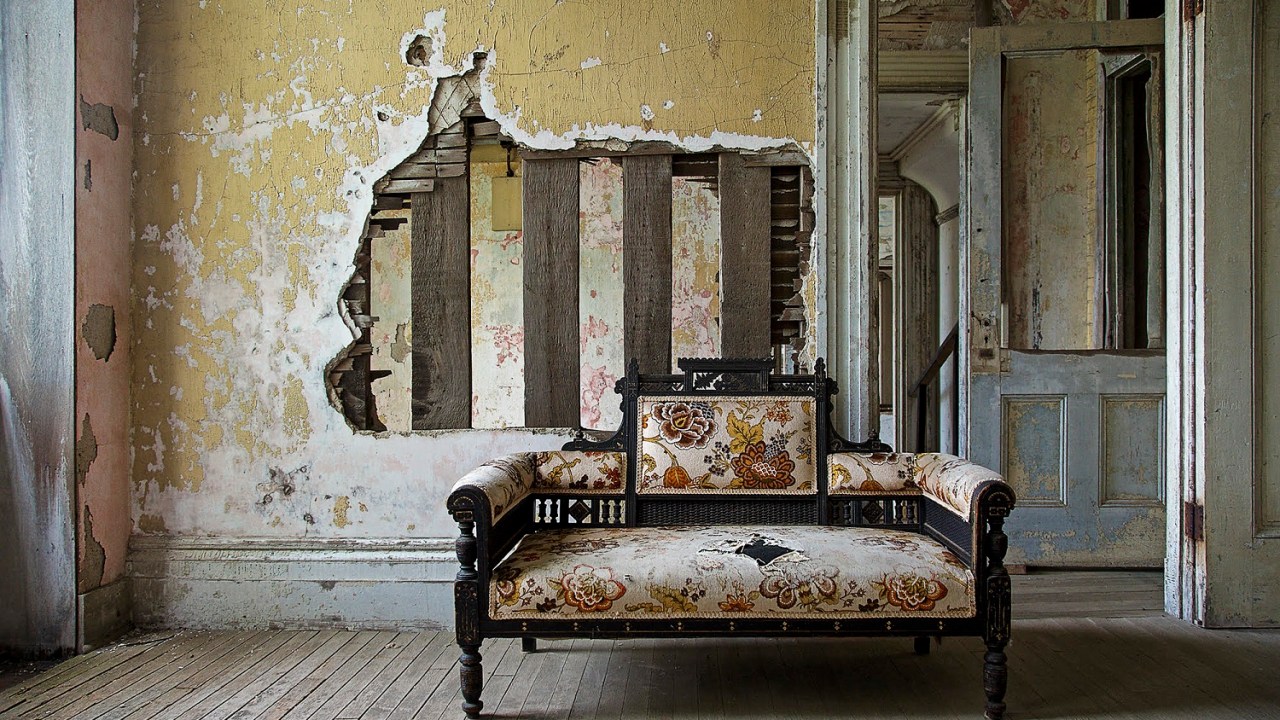

“They aren’t purpose-built white-box spaces,” says Ken Turino, comparing historic house museums with a typical, larger institution gallery. “The rooms aren’t square. And you have to be very sensitive to the structure and every surface.” Turino, Manager of Community Engagement and Exhibitions for Historic New England, has led dozens of exhibit projects in historic homes and other buildings, and he understands the nuances in working with these delicate spaces. His new book, Reimagining the Historic House Museum (Rowman & Littlefield), with co-author, Max van Balgooy, will be released near the end of 2018.
Designing and installing exhibits in historic structures involves a host of challenges and constraints—and solutions!—not found in buildings with dedicated gallery spaces and in those specifically designed to be public museums. There may be limitations on fastening objects to walls and ceilings. The designers may have to use colors and finishes that match a historic interior. Power locations are scarce, with data points almost non-existent. And the list goes on.
Ken Turino has numerous thoughts and proven examples of strategies for creating exhibitions in historic structures and was kind enough to share a few. Here are six:
- Bend the Rules – There are so many constraints in historic homes that you sometimes need to compromise. Turino mentions an exhibition room at the Eustis Estate (1878) in Milton, Massachusetts, where they decided to install a ceiling-mounted lighting system, despite the guidelines. But they only compromised on that surface, while preserving the walls and floor. In some historic structures, it might be necessary to devote one whole room for exhibits, so that absolute preservation is upheld in every other room.
- We’re in a Tight Spot – “Space is a universal concern in historic homes,” cautions Turino. Not only are doorways and halls smaller and tighter than in modern buildings, there is usually a lack of closets and other storage spaces. When designing exhibits—whether permanent or temporary—it’s helpful to include built-in storage for educational programming kits and associated props. If the exhibit includes media, it’s best to provide housing for local AV hardware, because it’s unlikely that there will be room (or proper venting) for a large AV rack.
- Gotta Get Back in Time – A historic structure is an artifact, and often must be treated in the same way, and with the same consideration of conservation. The general rules of thumb are to do no harm and to make sure that any newly performed work is reversible. In most historic buildings, this means that exhibits cannot be fastened directly to walls or anchored to floors. If there’s uncertainty about what the constraints are, it’s a good idea to solicit the input of a historic preservation specialist and/or architect early in the process.
- Let There Be Light – “Lighting is paramount,” states Turino. “It can make or break an exhibition.” Because historic homes frequently include narrow windows, dark surfaces, and small spaces, well-designed artificial lighting must be a major part of any exhibit design in these structures. The cost for proper lighting will be a significant percentage of the project budget but will pay off in the long run. And on the flipside, natural lighting must also be considered, particularly if the exhibition includes any UV-sensitive objects or materials, such as textiles and papers.
- Follow the Code Less Traveled – It’s pretty much guaranteed that a historic structure isn’t going to be fully accessible. The Americans with Disabilities Act is less than 30 years old. Where some old, registered buildings are “grandfathered” in to having some flexibility and limitations in their accessible accommodations, it’s still necessary for exhibit designers to understand what the specific requirements are for the historic building in which they’re working, and to comply with—or better, exceed—those guidelines. Every case is going to be a bit different.
- Go Outside! – Ken Turino encourages exhibit designers and overseers of historic estates to use the grounds. “Even on small properties, there are plenty of opportunities for outdoor interpretation or sculptural exhibits,” he says. “You can expand on exhibit themes without having to deal with all of the interior sensitivity.” Including outdoor experiences can also help to increase visitation and grow membership.
Let us not forget why we preserve historic buildings. They provide links to our past. They are tools in teaching about local, state, and national history. They boost property values. And they offer cultural experiences to residents and visitors. So when we create exhibits and interpretation for these treasured places, we must do what we can to tread cautiously and to give them the care necessary so that they last well into the future for the next generations.
About the Author
David Whitemyer is the Director of Business Development at Luci Creative, an exhibit and experience design firm, and an instructor in Johns Hopkins University’s Museum Studies program. He can be reached at david@lucicreative.com









Terrific article! Also very useful is the idea of providing built-in storage. We will plan for that next time we order exhibit cases.
Thank you,
Susy
This was very timely as I am just starting down this road in our historic home. Would love to hear from anyone about dealing with temp/humidity. Installing a modern HVAC system is not an option for us.